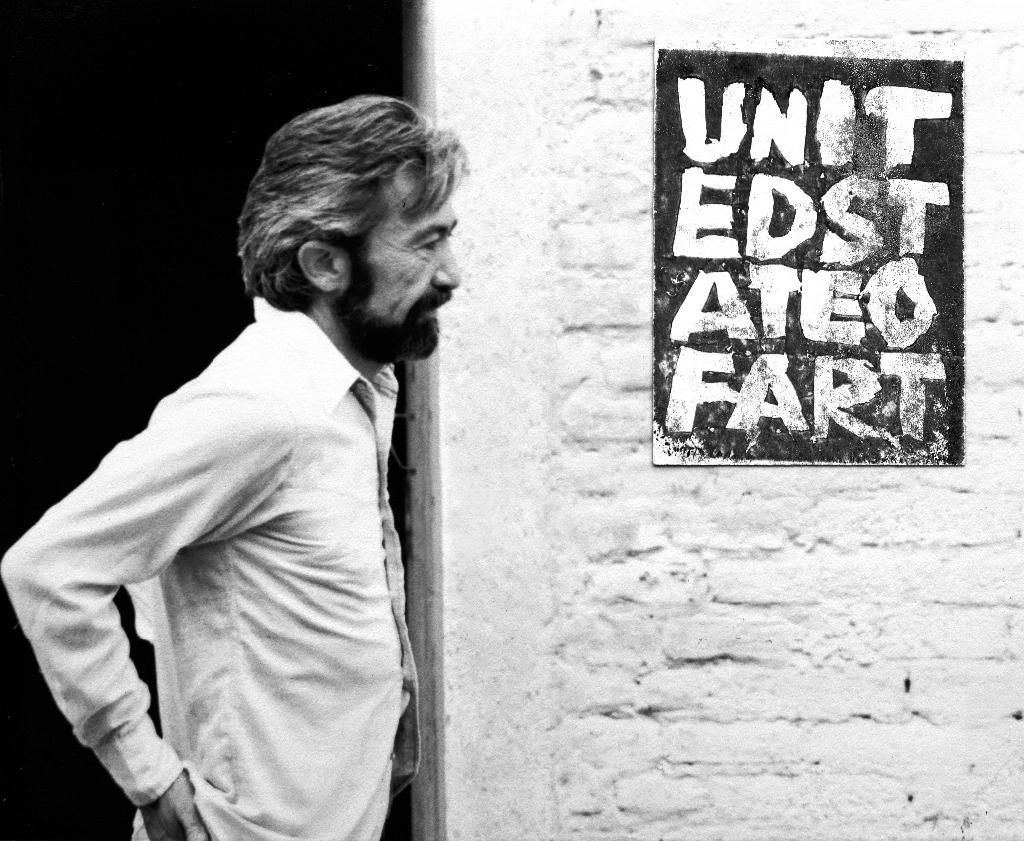Marcos Kurtycz

Marek ‘Marcos’ Kurtycz was born in Poland in 1934. He lived through the war as a child and was eight years old when his mother was executed. Later, he studied engineering and completed postgraduate work in Warsaw, going on to work in research and in petrochemical installations. During that period, he began to paint secretly, amused by the fact that the engineer felt like a clandestine artist. He attributed the metallurgical nature of his work, and its rugged, mountainous textures, to his first homeland.
Kurtycz arrived in Mexico in 1969 and dedicated himself to graphic design for books, magazines and posters, which became the livelihood for him, his wife and daughter. In his first four years in Mexico, he held seven painting exhibitions, receiving brief press coverage mostly in the society pages. Around 1976, he created his first “artefact”: an urban action titled ‘La rueda’ (‘The Wheel’). It was followed by ‘La exprocesión’, ‘El laberinto’, ‘La persona’, ‘El asta bandera’, ‘La muerte del impresor’, ‘El hacha sonora’, and many others. Some artefacts were dangerous, yet he always escaped unscathed.
In 1980, Kurtycz acquired Mexican citizenship. He then carried out a ritual at the University of Massachusetts and another performance in New York. He emphasised that “eventos de artefacto” differed greatly from one another: in each new one he corrected previous mistakes and committed new ones. The artefact, he argued, resisted definition but maintained certain constants, such as visceral sincerity. Positioned at the opposite pole of commercial art, the artefact did not rely on its tricks. Its value lay in its multiple readings, depending on the intellectual level, mental state and cultural background of spectators or participants. With some optimism and pride, he referred to its “inseminative value”. At its core, the artefact was strict: once an action began, it had to reach its intended conclusion. This was part of its strategy.
For Kurtycz, the “artefacto” never repeated itself: the river was always different, and even dialectics evolved. In terms of structure, nothing was predetermined. Sometimes an artefact had only a beginning, sometimes an end, and at other times several linked parts or scenes.
Kurtycz died in Mexico in 1996.






